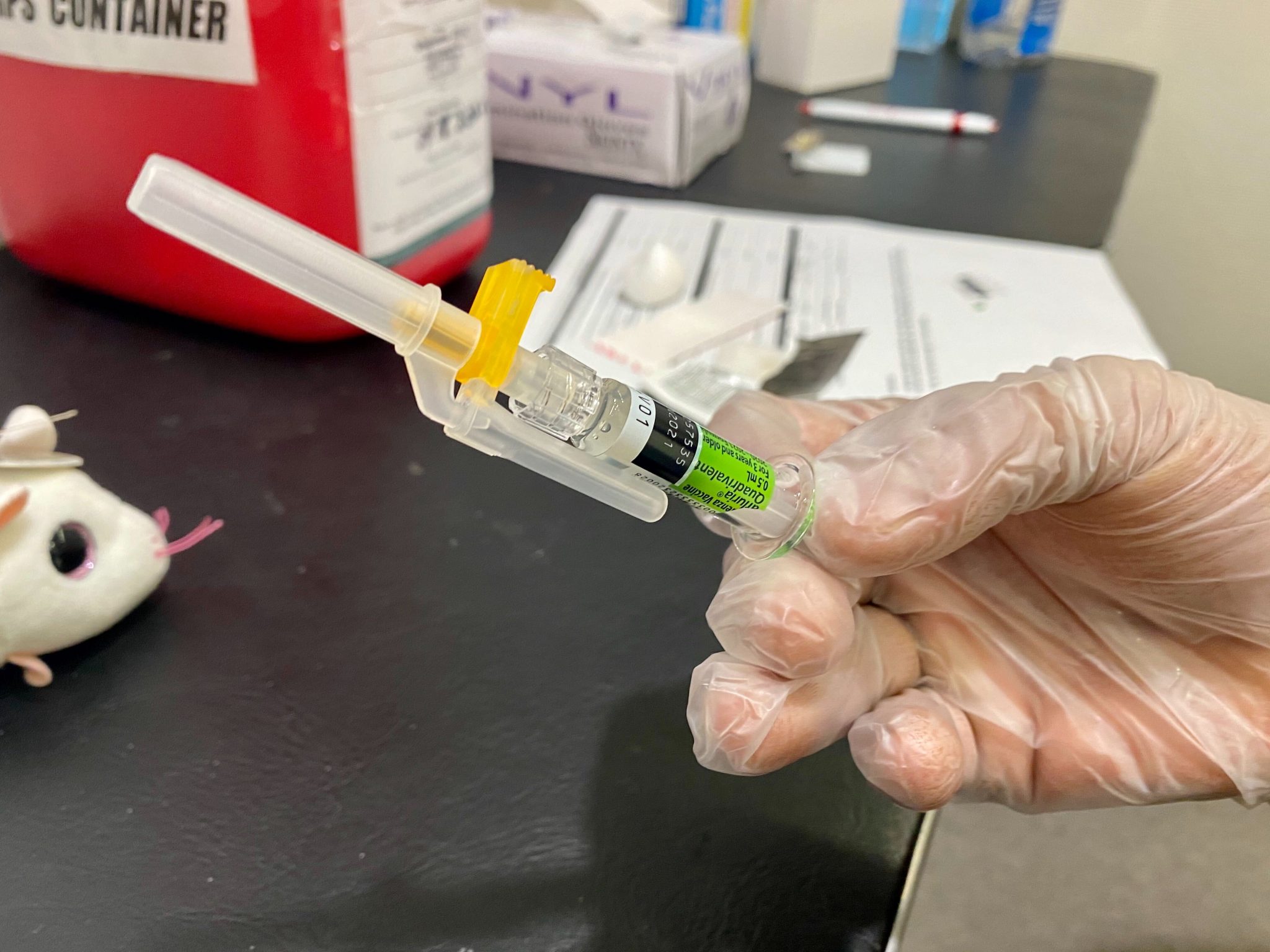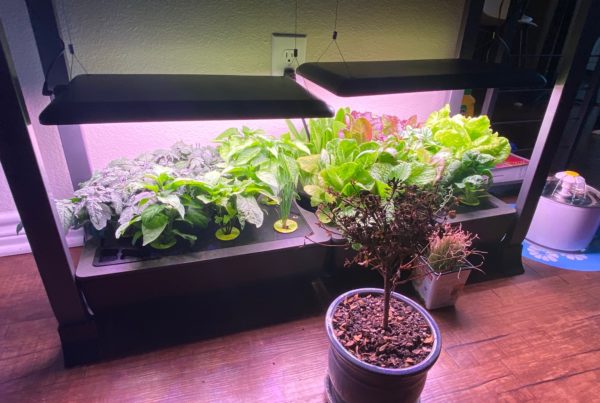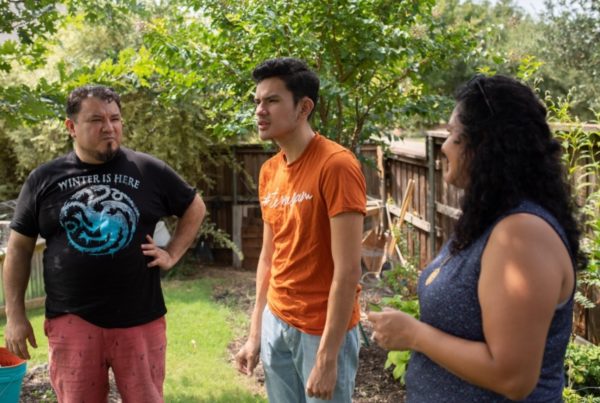From Houston Public Media:
More than 10,000 Texans died from flu-related illnesses last year. Now as the flu season again approaches, experts are bracing for the combination of the seasonal flu and the coronavirus.
Doctors are telling Houstonians that getting a flu shot is more important than in previous years, because of the unprecedented situation of having both COVID-19 and influenza circulating simultaneously.
Dr. Pedro Piedra from the Baylor College of Medicine said the shot is especially important for those most vulnerable to the worst COVID-19 symptoms.
“It may not be a perfect vaccine, but it’s a good vaccine,” Piedra said. “And it will prevent hospitalizations, it will prevent emergency room visits, so in particular for older folks who are debilitated for one reason or another, the (flu) vaccine is one way to stay as healthy as you can.”
As the coronavirus continues to spread across Texas, health experts say they simply do not know how the two viruses will interact together — the data is not there, whether it be how someone with both COVID-19 and the flu at the same time will react, or just general knowledge of how the two viruses will circulate as a pair in Texas’ fall and winter climates.
Public health officials were hopeful that COVID-19 would dial back it’s attack during the Houston summer, but that wasn’t the case. Instead, Texas saw a wave of infections during June and July, after the Memorial Day holiday and in the wake of Gov. Greg Abbott allowed his statewide stay-at-home order to expire.
“It continues to circulate, and in essence, will demonstrate what place it will take with all the other respiratory viruses that are currently circulating,” Piedra said. “And more likely than not, if it behaves like other coronaviruses, it will be a fall-winter virus.”
The confluence of the flu and the coronavirus comes as thousands of children, who tend to obtain and spread the flu easily, begin to return to school for in-person learning. That brings the potential of spreading the illness to others — including family members who with COVID-19 who may be asymptomatic. The Centers for Disease Control and Prevention projects that nearly 40% of coronavirus carriers don’t show symptoms.
While the uncertainty is clearly there, there is a reason to be optimistic.
Every year, the United States gets a preview of the flu season from the southern hemisphere, since the seasons are flipped. It gives health professionals an idea of how bad the circulating strain eventually coming to the U.S. will be.
“We’ve been seeing across the Southern Hemisphere actually a milder-than-usual flu season,” said Dr. Umair Shah, executive director of Harris County Public Health. “It’s not everywhere, but it’s what we, in public health, are attributing as a hopeful sign.”
Shah speculates that because of the pandemic more people are wearing masks, preventing the flu from passing from person to person as easily as it does in a normal year. And Shah attributes that mask use to consistent messaging from all levels of government in the southern hemisphere.
“The New Zealand prime minister was actually really lauded for her efforts and actions,” Shah said. “They actually said, ‘hey, how can we come together as a nation and actually work together to fight this pandemic? Lets wear those face coverings.’ I think that’s been a real contrast compared to the United States, and certainly translates into a state like Texas or a county like Harris County.”
Texans have seen mixed messaging from leaders. Harris County Judge Lina Hidalgo tried to mandate masks after a lockdown was lifted earlier in the year. On the same day that order was intended to take effect, Gov. Greg Abbott stripped her and other local leaders of the power to impose a fine on non-mask wearers.
After the summer surge in cases across the state, Abbott issued a statewide mask mandate himself.
Shah said there’s evidence masks work in Houston. The region didn’t have to shut down completely during the coronavirus surge this summer. Instead, COVID-19 cases and hospitalizations declined, with people wearing masks regularly. And that could make the difference between having a good flu season, and a bad one in Houston.
“We’ve also evolved and learned, from the previous months, on what are the kinds of practices that actually will make all of us safer,” Shah said. “And we just have to make sure we keep doing those things.”















